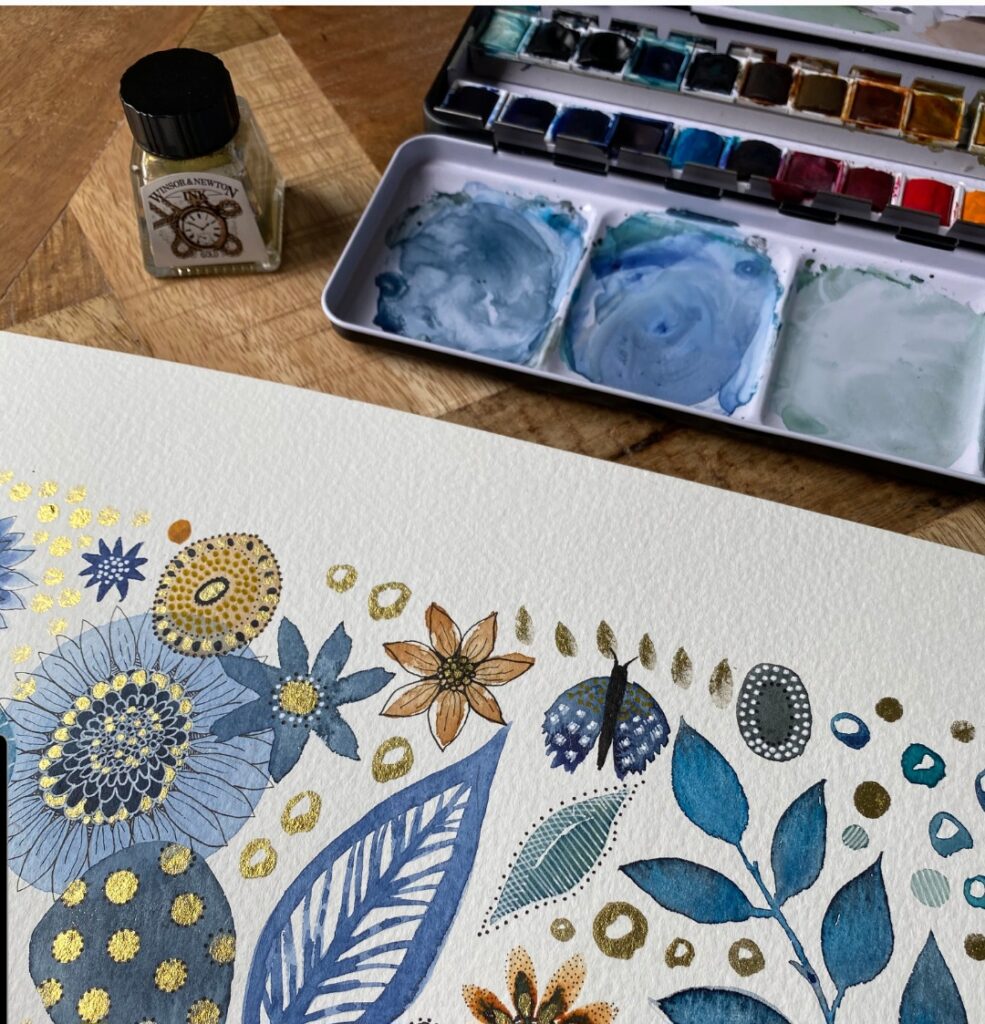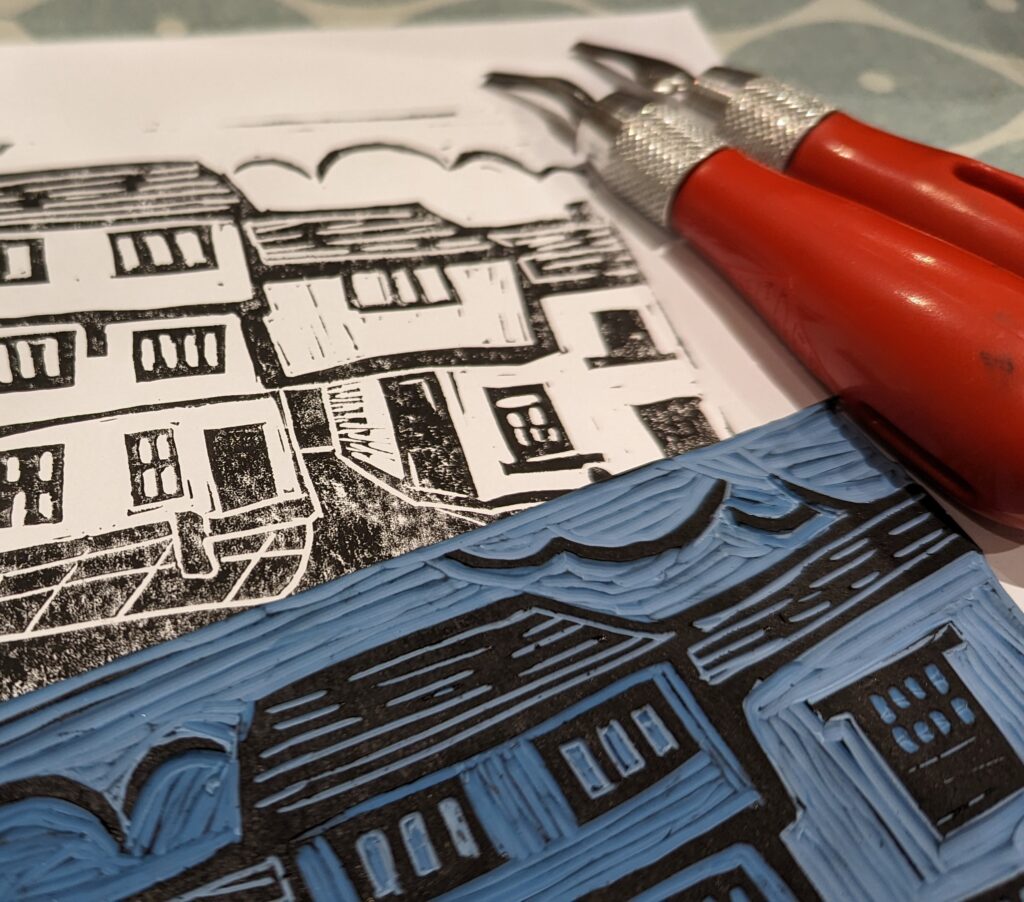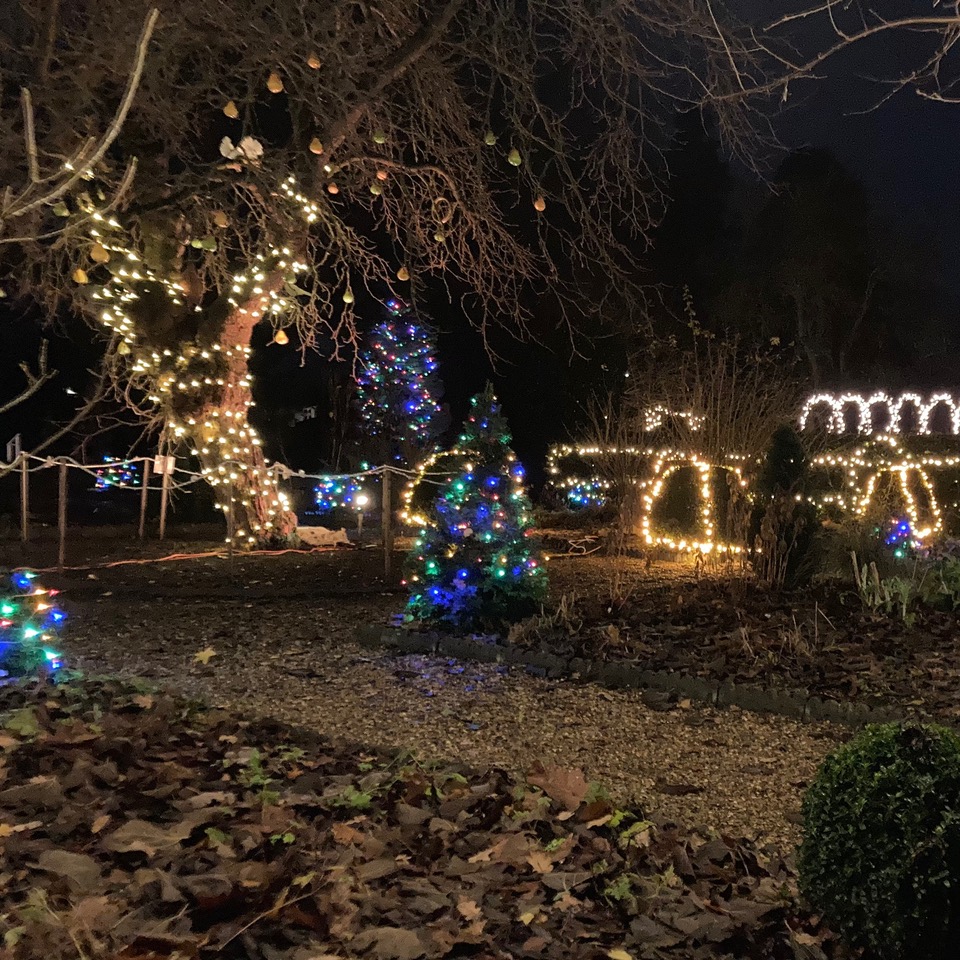The lawn

- Common name: The sward
- Type: Perennial
- Flowering:
- Height and spread: 0.5 to 1 m
- Soil: Moist but well drained
- Aspect: Sun or partial shade
- Hardiness: Hardy
- Care: Easy for a children’s play area, hard for a bowling green
Lawn, definition an area of mown grass in a garden or park.
For lawns we traditionally think of grass, but other plants can be used such as camomile or thyme, but neither is as hard wearing, tolerant or able to recover as easily as grass.
The humble lawn, the pride of gardeners serves many functions. The perfect backdrop to a planted border (the void to balance the mass of the planting), a surface for games, an area to sit and relax, a path or a method of holding back the soil on a gently sloping bank.
There are several theories for the origin of the lawn. Is it an enclosed area grazed by livestock or does it come from the area surrounding a castle which had to be kept clear in order to spot marauders, again grazed by livestock? Whichever theory, lawns in some shape or form have been around for more than 500 years. As time progressed and stately homes had less need to repel marauders the lawn started to become more of a status symbol, still grazed by livestock to keep it in check. Slowly man took over the cutting duties, originally by scything. Until in 1830 Edwin Budding invented the first lawn mower. Budding, on visiting a local cloth mill, was inspired by a bladed reel which trimmed the irregular nap from woollen cloth. And the rest, as they say, is history.

All the lawns at Reveley have to be hard wearing to cope with the foot traffic of visitors at our events. In a garden the size of Reveley the different lawns have to cope with the different growing conditions, from shade, to damp, to full sun. We also have a wild flower area which is a mix of grass and wildflowers. But luckily, many modern cultivars of grass are now available for shade, wear, disease tolerance etc. Packets of lawn seed will consist of a few varieties usually included will be Festuca rubra (Red fescue) a perennial grass which can grow in dense clumps as well as by spreading rhizomes. If left uncut Festuca rubra will grow to a height of 70 cm. Another common lawn grass, Agrostis stolonifera, (bent grass) has a similar growth habit reaching a height of 1 m.
Care of a lawn can be demanding, but the most important task to maintaining a healthy lawn is regular mowing. Depending on the season get your mowing height right – for a utility lawn that would be about 3 cm depending on the season. Removing the grass clippings will deter earthworms, and lessens the spread of some annual weeds such as speedwell.
Here’s a very quick summary of basic care for a utility lawn:

Feeding: all feeds are available from local garden centres, follow instructions on packet.
Spiking/aeration: reduces root compaction and improves drainage and encourages stronger root growth. Can be done with a normal garden fork, specialist hollow tine forks or machines are available. If using a garden fork, hold it upright and push tines down as far as possible, move back and forth to create a slightly larger hole. In Autumn brush in a top-dressing mixture of sharp sand, sieved garden soil and compost.
Scarifying: removes the build-up of grass cuttings which retains moisture which can be a cause of moss. The thatch can harbour weed seeds and prevent water from soaking through to the soil. You can use a grass rake, or again there are machines available. Scarify one way across the lawn and then again at 90º to the first.
Fallen leaves: leaves left on the lawn can encourage turf diseases.
If you want that beautiful green sward, there is a wealth of information out there for you, but if you’ve got the time and the patience you will be rewarded with the perfect foil for your borders.









